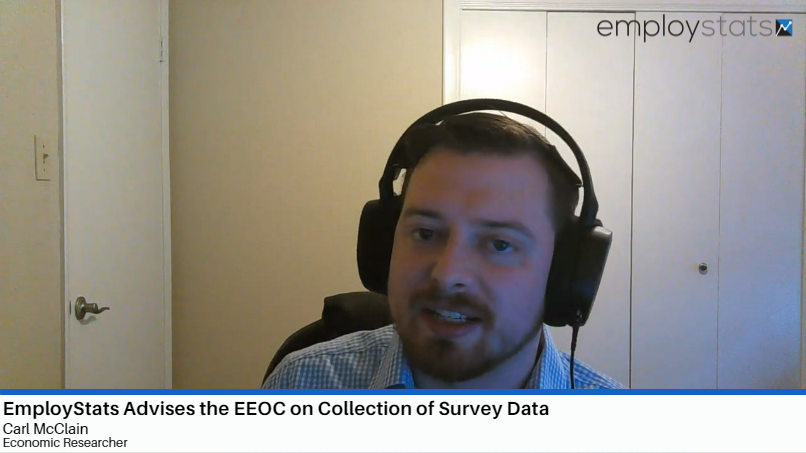Making Wage and Hour Data Analysis Cost Effective
Calculating unpaid wages, penalties, and other potential wage and hour violations can be a costly endeavor. In some cases, many hours could be spent just getting the payroll and time data into a format that could be analyzed. There are a few things that can help lower time and cost of performing a wage and hour data analysis.
- Understand the Time and Payroll Data Before You Start
Getting the employer to provide the background information for the underlying time and payroll data will help save time and money in the future.
Knowing what the different payroll codes mean, how the time and payroll records fit together, the employer’s pay period end and start dates, and the types of bonuses that the employees earned can help streamline the data management and analysis process.
- Computer Program Every Step of the Analysis
Use computer programs such as R, STATA, VBA or something similar to handle the data management and analysis. Writing computer code in these types of programs will make managing the time and payroll data and making adjustments to the analysis both easier and replicable.
- Establish Clear Objectives
Before you get started, be clear which types of wage and hour violations you need to study. This is particularly important when dealing with time punch data. A lot of time and energy can be saved on the front end by structuring the time and payroll data into a format that will make determining things, such as the hours worked, easier on the backend.
- Context of Wage and Hour Analysis
After you establish the types of wage and hour violations, determine the type of violations–local, state or federal. Each type of violation may require different types of analysis.













